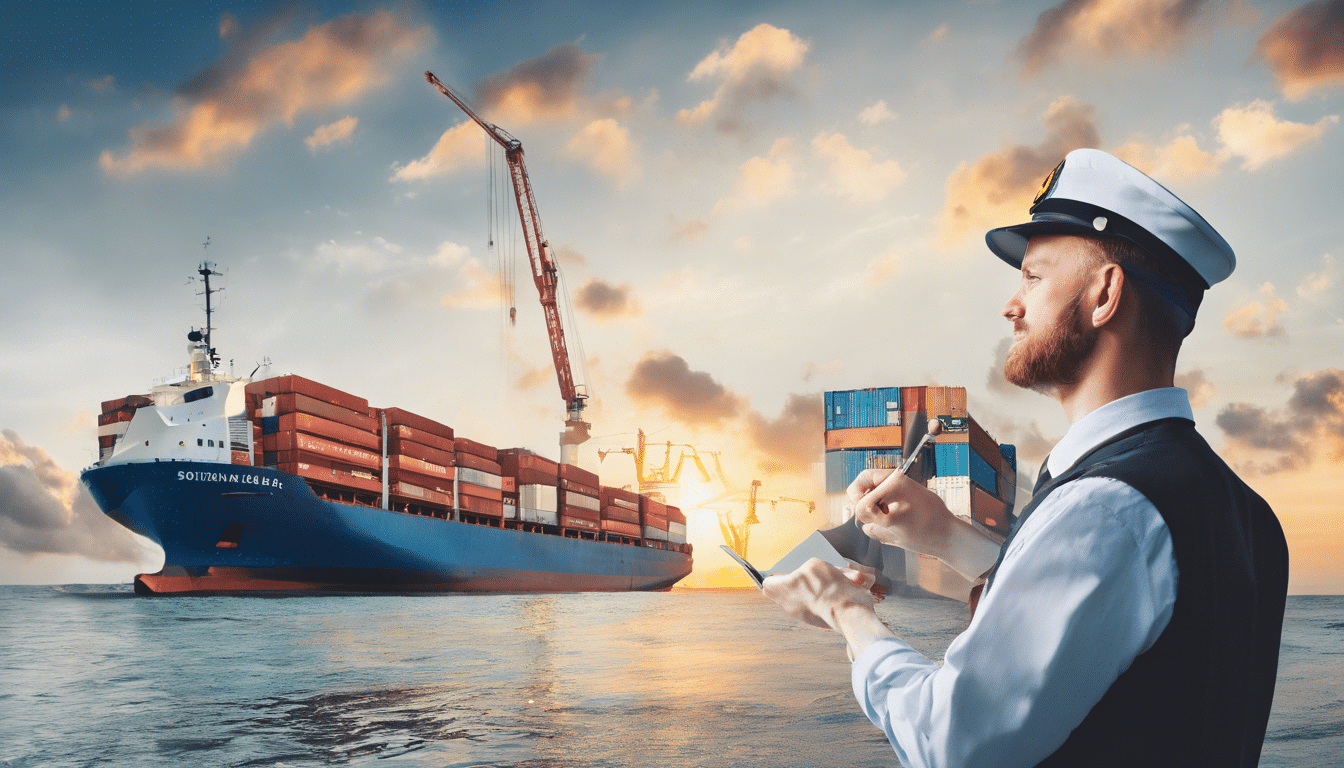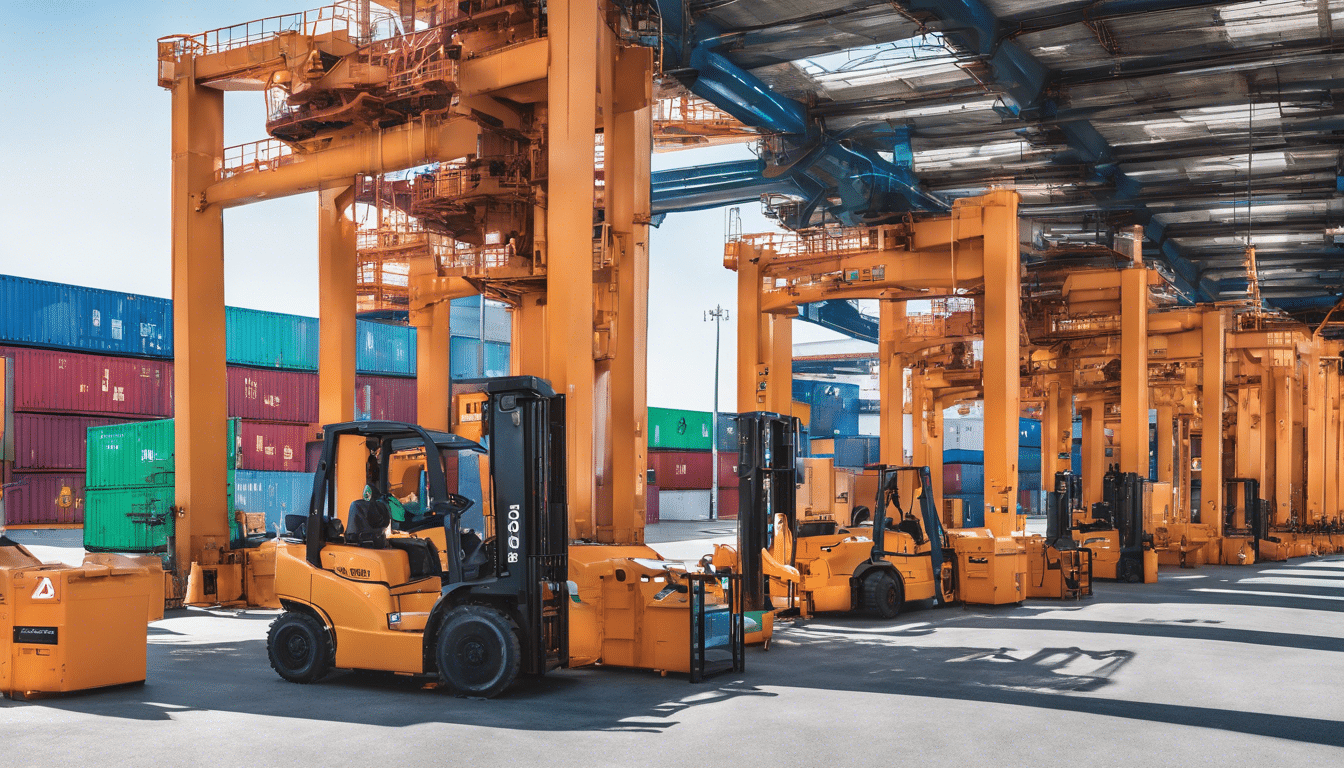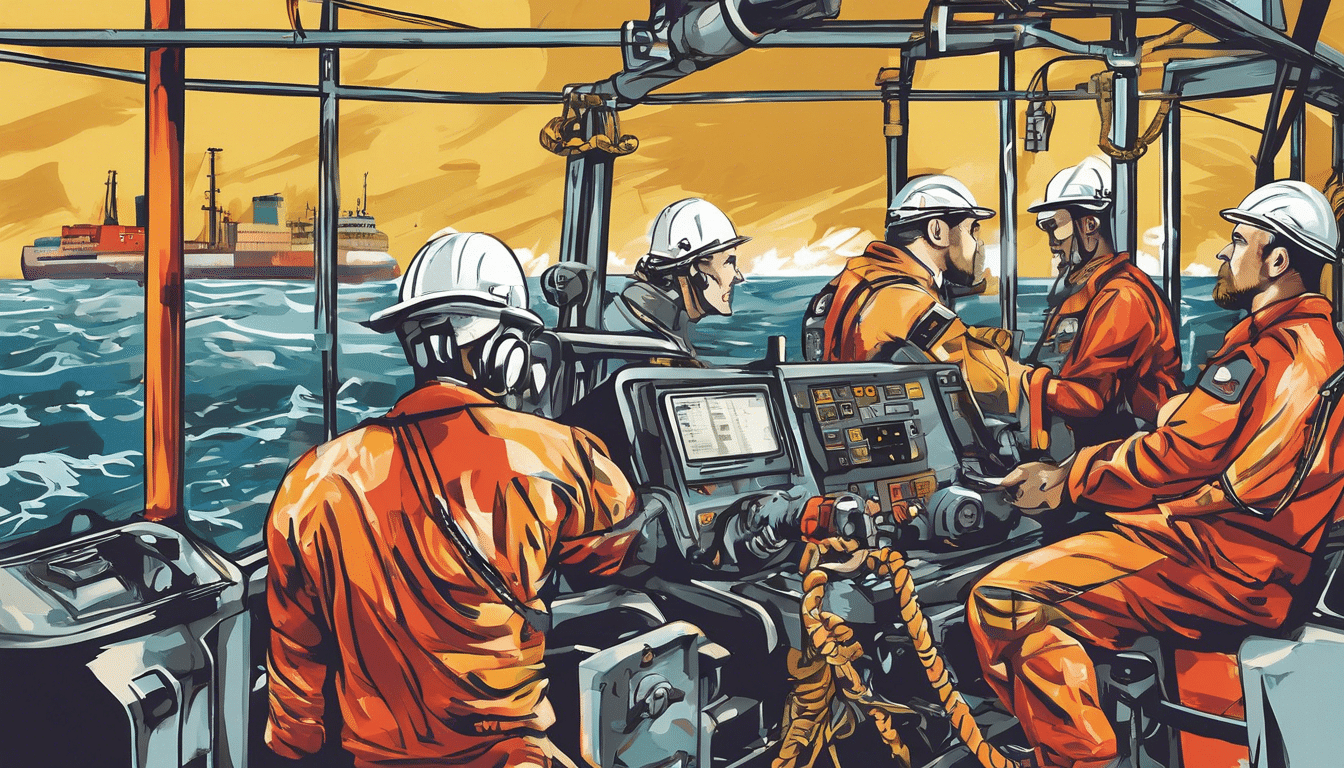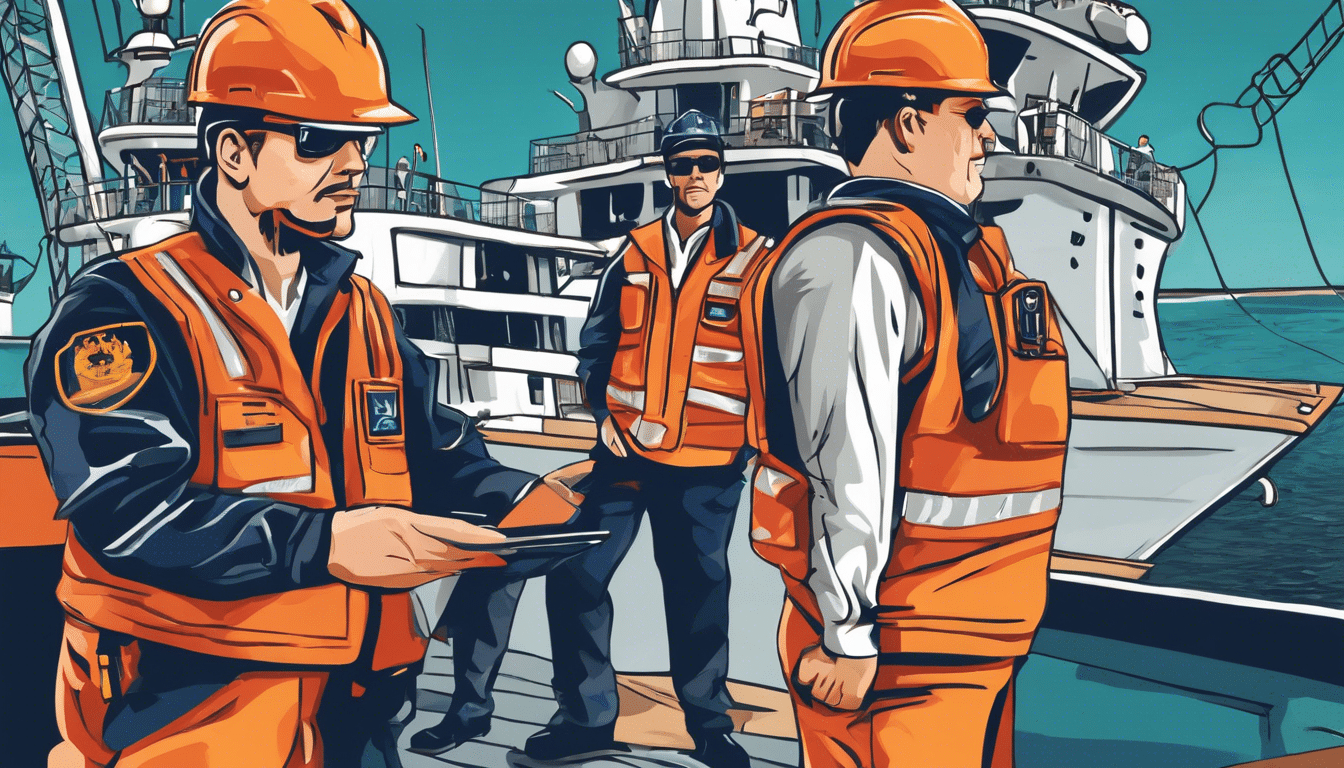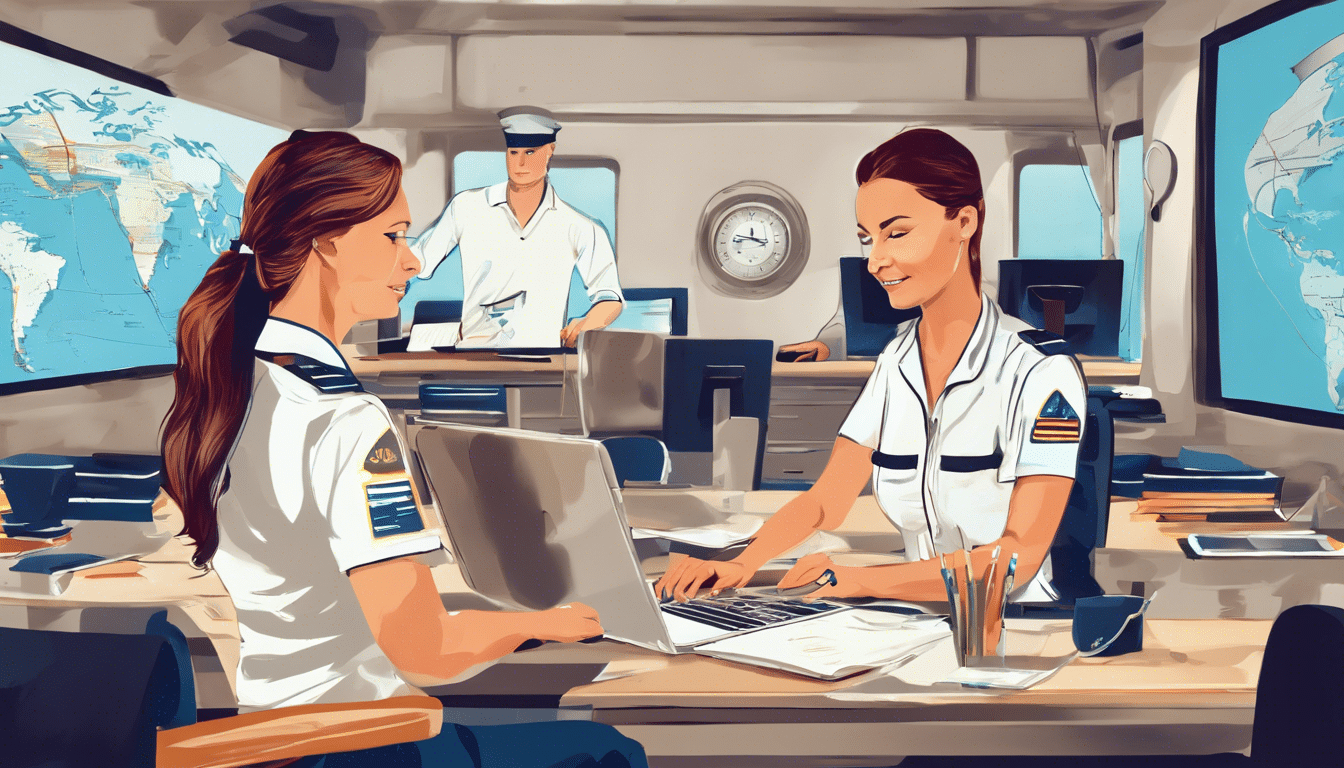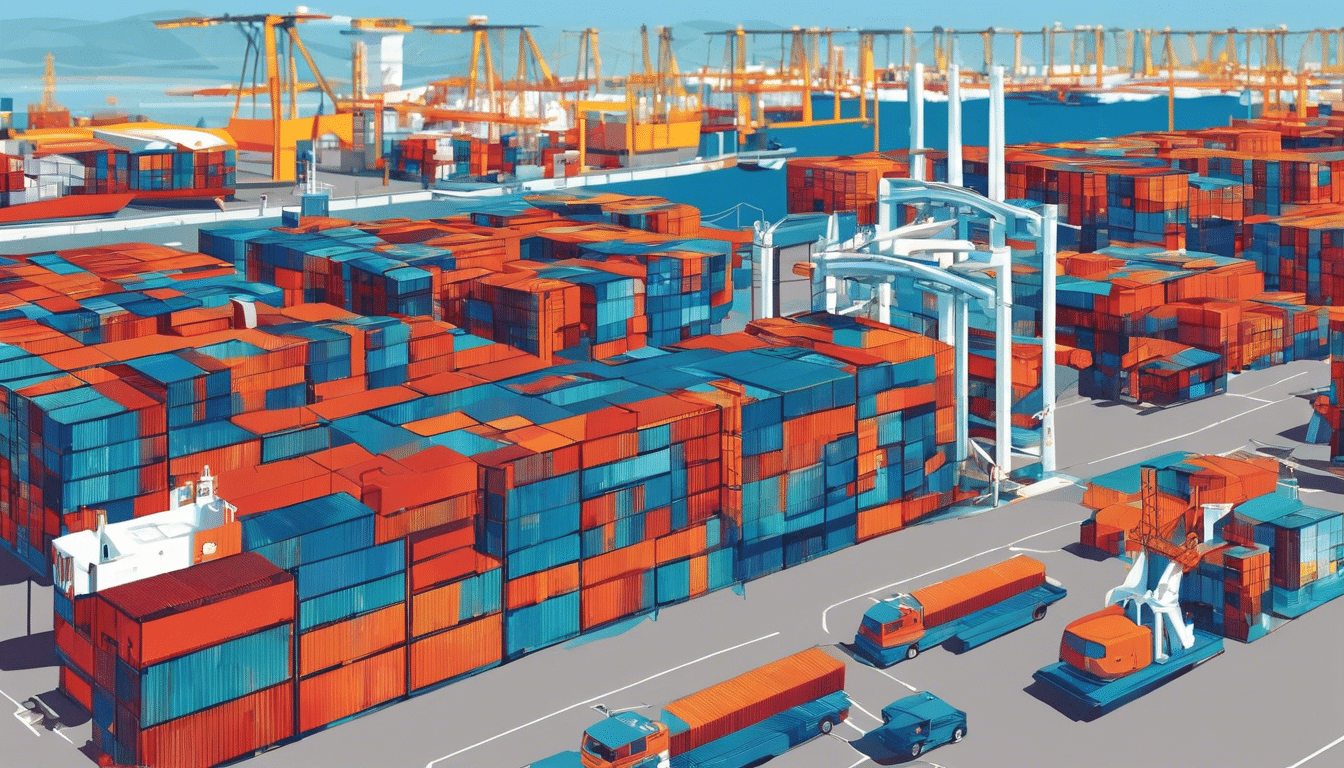In recent years, the concept of self-paced learning has gained substantial traction within the field of maritime education. This innovative approach allows maritime professionals to tailor their learning experiences to fit their unique schedules and personal commitments, thus enhancing both their educational outcomes and professional development. Self-paced learning offers significant benefits, particularly for those engaged in the dynamic and demanding maritime industry, where time and applicability are crucial. In this article, we will delve into the various advantages of self-paced learning for maritime professionals, exploring its flexibility and convenience, its impact on information retention and comprehension, and its practical applications, as well as the future prospects of this educational method within the maritime sector.
Key Takeaways
- Self-paced learning allows maritime professionals to tailor their education to fit their schedules.
- This learning model offers flexibility, enabling busy professionals to study at their own pace without the constraints of traditional classes.
- Self-paced learning enhances retention and comprehension, leading to better mastery of essential maritime concepts.
- Maritime professionals can directly apply learned skills in real-world scenarios, improving job performance and confidence.
- The future of maritime education is shifting towards more self-directed and technology-driven learning approaches.
Introduction to Self-Paced Learning in Maritime Education
Self-paced learning has emerged as a significant paradigm in maritime education, reflecting the evolving dynamics of modern educational practices. This approach allows learners in the maritime field to progress through their learning materials at their own speed, accommodating diverse learning styles, schedules, and professional commitments. As the maritime industry becomes increasingly complex and digitalized, self-paced learning provides flexibility that traditional classroom settings often cannot offer. By utilizing a variety of resources, from online modules and simulations to interactive assessments, learners gain the opportunity to tailor their educational experiences, ultimately enhancing their competencies as maritime professionals. This article aims to explore the myriad benefits and challenges associated with self-paced learning within maritime education, offering insights into how it can effectively prepare individuals for careers at sea and in related fields.
Flexibility and Convenience for Maritime Professionals
In the fast-paced world of maritime operations, flexibility and convenience are essential for professionals navigating the complexities of the industry. As maritime environments are often unpredictable, having a dynamic approach allows workers to respond swiftly to changes in weather, shipping schedules, and regulatory requirements. The adoption of digital tools and mobile applications has transformed how maritime professionals manage their tasks, facilitating real-time communication and decision-making. Furthermore, remote access to vital information and resources enables professionals to stay connected, even when they are stationed at sea or in remote locations. By embracing flexibility and integrating convenient solutions into their daily operations, maritime workers can enhance productivity, streamline processes, and ultimately ensure safer and more efficient navigation across global waters.
‘The beautiful thing about learning is that no one can take it away from you.’ – B.B. King
Enhanced Retention and Comprehension through Self-Paced Learning
Self-paced learning has emerged as a valuable educational strategy, particularly for maritime professionals seeking to enhance their skills and knowledge while managing demanding schedules. One of the significant benefits of self-paced learning for maritime professionals is the ability to learn on your schedule, which allows individuals to allocate time for study according to personal and professional commitments. This flexible learning approach not only facilitates enhanced retention and comprehension but also empowers learners to revisit complex topics at their own pace. In the maritime field, where regulations and technologies are continually evolving, the option to tailor learning experiences becomes essential. It encourages deep engagement with the material, leading to improved performance and a thorough understanding of crucial concepts. Moreover, self-paced learning environments often incorporate interactive elements, such as simulations and assessments, which cater to various learning styles, ultimately benefiting maritime professionals striving for excellence in their careers. Therefore, taking advantage of self-paced learning options is not merely a convenience; it’s a strategic decision that can significantly contribute to ongoing professional development in the maritime industry.
Practical Applications and Future of Self-Paced Learning in the Maritime Industry
Self-paced learning has emerged as a transformative approach within the maritime industry, offering numerous benefits to professionals seeking to enhance their skills and knowledge. One of the foremost advantages of self-paced learning for maritime professionals is the flexibility it provides; individuals can learn on their schedule, accommodating the often unpredictable nature of maritime work. This method allows mariners, navigators, and engineers to engage with training materials at times that suit their operational commitments, leading to better retention of information and practical application in real-world scenarios. Furthermore, self-paced learning enables maritime professionals to tailor their educational experiences to align with their specific interests and career goals, whether they are pursuing advanced certifications or brushing up on regulatory compliance. As technology continues to evolve, the future of self-paced learning in the maritime industry appears promising, with potential advancements in virtual reality simulations and online learning platforms that can make learning even more interactive and applicable. For maritime professionals, embracing this method not only fosters a culture of continuous improvement but also enhances safety and operational efficiency across the sector.
Virtual Maritime Academy is a leading provider of online maritime education and training, offering a wide range of courses designed to meet the needs of the global maritime industry. With a commitment to quality and innovation, Virtual Maritime Academy is dedicated to preparing seafarers and maritime professionals for success in their careers. Now a DNV Certified Maritime Training Provider, the academy upholds the highest standards of excellence in training and education.


